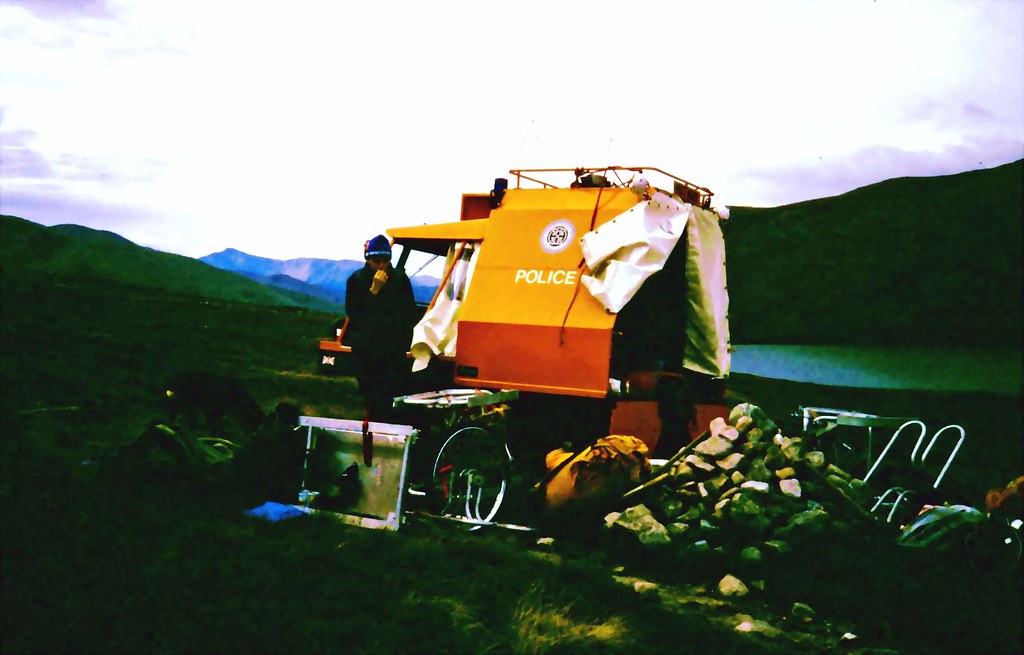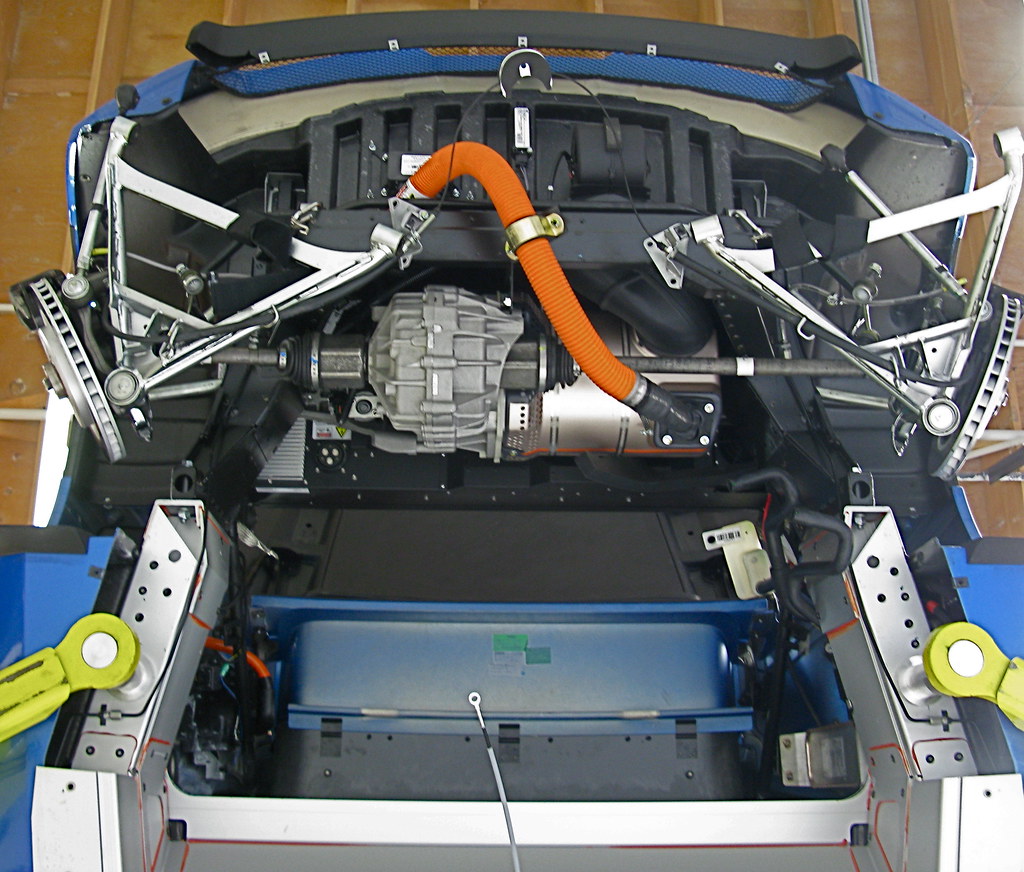
So you’re ready to upgrade your suspension, but you aren’t sure where to start. Suspension upgrades provide multiple benefits to both aesthetics and handling when done well. However, it is easy to make mistakes that actually ruin your car instead. The allure of a sharper handling vehicle or a perfectly stanced look is undeniable, and the aftermarket is brimming with options promising to deliver. But as anyone who’s spent time under a wrench knows, not all modifications are created equal, and some can lead to more headaches than horsepower, or rather, more discomfort than control.
Navigating the complex world of suspension tuning can feel like a labyrinth, especially with a plethora of advice—some good, some not so much—floating around online forums and social media groups. The key to unlocking your vehicle’s true potential and avoiding costly missteps lies in understanding not just what to do, but crucially, what *not* to do. It’s about modifying smarter, not just harder, to perform higher.
We’ve consulted with leading racing experts and seasoned automotive professionals to compile a definitive guide to the most common, and often counterintuitive, “worst” upgrades or critical errors enthusiasts make. These are the pitfalls that can turn your dream suspension into a nightmare of poor handling, premature wear, and an uncomfortable ride. Let’s dive into the first half of these essential insights, equipping you with the knowledge to upgrade your ride with confidence and precision.

1. **Making Multiple Changes at Once**One of the most tempting mistakes an enthusiast can make when tackling suspension modifications is to implement a wide array of changes all at the same time. It’s an understandable impulse; you want to get everything done and enjoy the improved performance right away. You might stiffen the front sway bar, adjust shock settings, and alter camber—all in one session.
The problem with this approach, as Frank Vasquez, brand manager for KW Suspensions & ST Suspensions, points out, is that “if all the changes are made at the same time, the effect on the car will be drastic and will make it difficult to discern which change directly affected the undesirable behavior you were trying to tune around or improve.” You might eliminate a specific issue, but you’ll be left wondering which adjustment was truly responsible, and whether other changes were actually detrimental.
This lack of clarity can lead to sacrificing performance in other areas, as you may have made unnecessary modifications that subtly hinder your vehicle’s capabilities. Without understanding the individual impact of each change, you’re essentially tuning in the dark, hoping for the best rather than making informed decisions. It’s a recipe for frustration and suboptimal results.
The best, most scientific way to approach suspension tuning is by adopting a methodical, one-change-at-a-time strategy. Make an adjustment, thoroughly test its effects under controlled conditions, and then evaluate the outcome. This iterative process allows you to isolate variables and truly understand how each modification impacts your vehicle’s handling and ride quality, leading to a much more effective and refined setup.
Read more about: Steer Clear of Trouble: 12 Critical Mistakes to Avoid When Buying a Used Ford Mustang

2. **Excessive Lowering Without Room**The pursuit of a low-slung, aggressive stance is a common goal for many car modifiers. The desire to reduce wheel gap and give a car a more planted look can lead to stacking multiple lowering components, sometimes with disastrous results for functional suspension travel. It’s easy to get caught up in the numbers and the visual appeal without considering the physical limitations of the vehicle.
Tom Przedpelski of Specialty Products Company vividly illustrates this common pitfall, recounting how many enthusiasts “go overboard when looking for a low vehicle.” They might combine 1-inch drop lower arms with 1.3-inch drop springs, add half-inch drop tall lower ball joints, and package it all around a 2-inch drop spindle. The cumulative effect, a staggering 4.8 inches of drop, leaves practically “no room under the car!”
When a car is lowered excessively, especially through multiple components without redesigning geometry, the suspension can end up sitting on its bump stops. This effectively eliminates the suspension travel needed to absorb bumps and maintain tire contact with the road. The result is an incredibly harsh, uncomfortable ride, and significantly compromised handling, as the tires are no longer optimally loaded or working effectively.
Before embarking on any lowering journey, it’s crucial to understand your car’s current stance and measure key reference points. As recommended generally for suspension work, measuring the ride height and wheel gap *before* you lower provides critical data. This allows you to set realistic goals for your desired drop and avoid creating a vehicle that looks good but drives poorly, scraping over every minor imperfection in the road.
Read more about: Beyond Genetics: Unlocking the 15 Surprising Habits of People Who Thrive Past 100

3. **Blindly Buying Parts Without Research**In the age of instant gratification and widespread online marketplaces, it’s incredibly easy to click “add to cart” without a second thought. Many enthusiasts get excited about a new part and immediately make the purchase, only to discover later that it wasn’t the right fit, didn’t perform as expected, or introduced unforeseen complications. This “buy first, ask later” mentality is a significant pitfall in suspension modification.
Dan Hurwitz, owner of Mach V Motorsports, expresses a common sentiment among experts: “I don’t know why we get so many questions that start with, ‘I just put this part on my car….’ Why not ask us before you go through all the trouble of acquiring and installing the parts? Ask questions first, then hit the Buy button.” His advice underscores the importance of proactive research and consultation.
Online forums and social media groups can be a mixed bag of advice, with many “supposed experts” offering opinions based on hearsay. While some platforms, like the Grassroots Motorsports forums, are acknowledged as solid for tech advice, truly valuable insights come from those with hands-on experience. This means seeking out an experienced parts installer who works on your specific kind of car or connecting with consumers who have actually implemented the modifications you’re considering.
Engaging with people who own the same type of car at local autocross events or race tracks can provide invaluable firsthand knowledge. Ask them what components they run, why they chose them, and how they like the setup. Crucially, inquire if they would do anything differently if they were starting over. This practical, real-world feedback is far more reliable than generic online recommendations and can save you from costly mistakes and buyer’s remorse.
Read more about: Tow Truck Driver’s Expert Playbook: Master Mud Self-Recovery and Conquer Any Terrain Without External Help
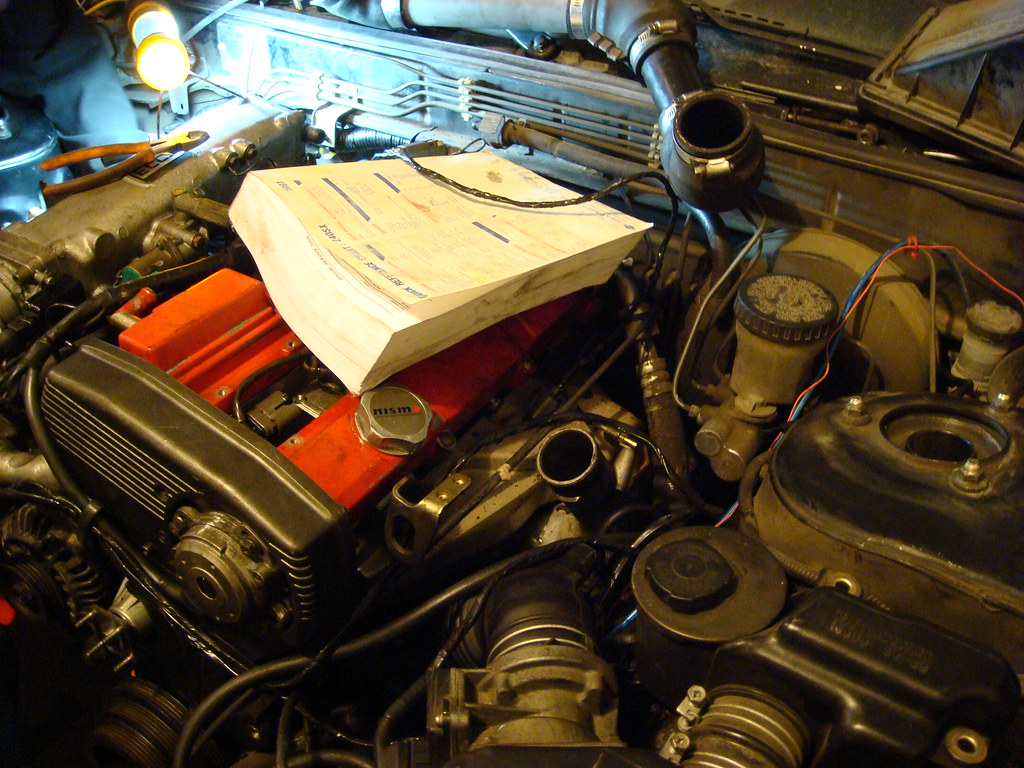
4. **Slamming Stock Geometry on Public Roads**The sleek, ultra-low aesthetic of DTM (Deutsche Tourenwagen Masters) or European Touring Cars is incredibly appealing to many performance enthusiasts. The temptation to replicate that aggressive stance on a street-driven vehicle is strong, often leading to modifications that drastically lower a car with stock suspension geometry. However, what works on a smooth, purpose-built race track rarely translates well to public roads.
Lee Grimes, an automotive product manager for Koni, highlights this critical distinction. He explains that “those cool DTMs or European Touring Cars that sit really low often have massively redesigned suspension geometry and pickup points to make it work better on true racing tires in a dedicated racing situation: smooth race track without any street hazards.” It’s not simply a matter of lowering a stock setup; it’s a complete engineering overhaul.
Attempting to “slam” a vehicle with stock geometry on public roads—which are inevitably riddled with rough surfaces, potholes, and other street hazards—will severely compromise its ride quality and handling. The suspension will struggle to articulate properly, leading to a bone-jarring ride, reduced tire contact patch, and unpredictable behavior. Street tires, designed for a different purpose, will also not perform optimally under such extreme, race-inspired setups.
To avoid this mistake, it’s essential to understand that true race car setups are highly specialized and designed for specific conditions. If you’re aiming for a lowered look, ensure your modifications are compatible with your vehicle’s intended use and the realities of street driving. Always measure your car before lowering to have an original reference point; this provides actual data to evaluate your changes, rather than relying on assumptions about how much the car has truly been lowered.
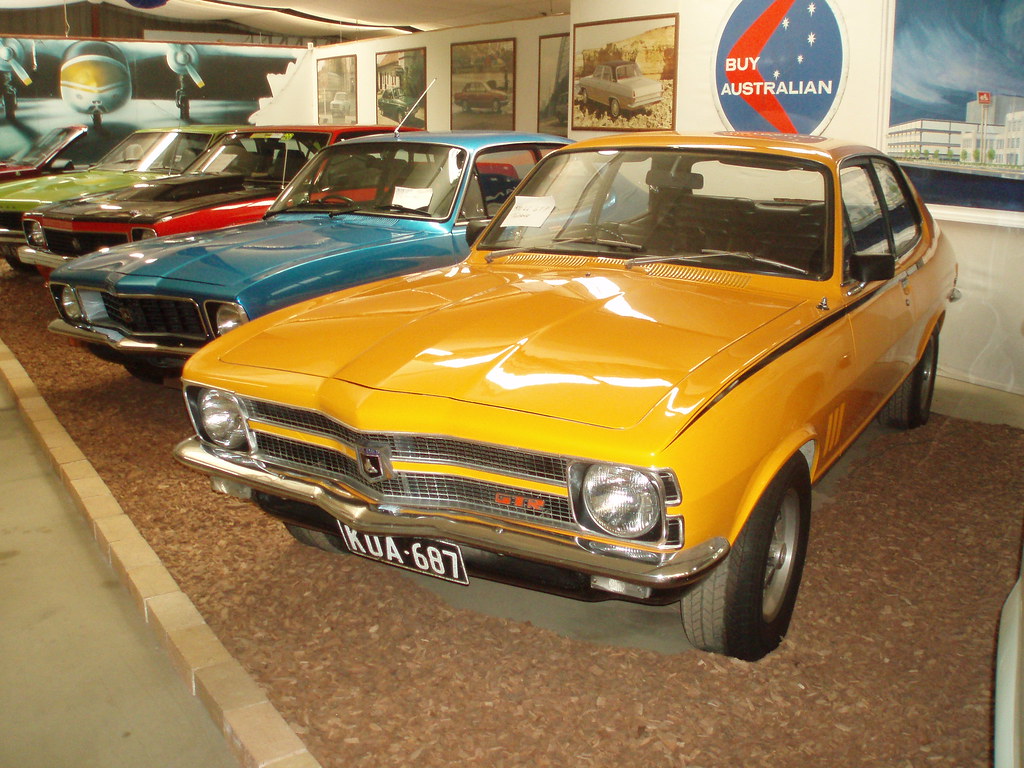
5. **Ignoring Driving Fundamentals Before Tuning**When a car exhibits undesirable handling characteristics—be it persistent understeer, unpredictable oversteer, or a general lack of confidence in corners—the immediate inclination for many is to dive into suspension adjustments. While tuning is a crucial aspect of performance, it’s a significant mistake to overlook the most direct input into the vehicle’s behavior: the driver themselves.
Dion von Moltke, co-founder of Racers360, emphasizes what he calls the “golden rule of working on setup”: to “first analyze your driving to see if you may be inducing the unwanted balance issues.” He highlights that suspension adjustments primarily manage weight transfer, and every input a race car driver makes also affects this crucial element of grip. Therefore, understanding how you drive is paramount before altering the car’s setup.
This means mastering the fundamentals of driving a race car quickly and smoothly around a track. Before changing a single suspension component, a driver should assess if the handling issue is genuinely a setup problem preventing good fundamentals, or if it’s a result of their own inputs. Are you trail-braking too aggressively? Are you applying throttle too early or too abruptly? These driver-induced behaviors can mimic setup problems.
Once you’ve diligently analyzed your driving and are confident the issue lies with the setup, approach the tuning process methodically. “Don’t overcomplicate it. Do one thing at a time and have a thesis for why this change should work.” This iterative, logical process, combined with a deep understanding of your own driving, is the most effective path to an optimized suspension and improved performance.

6. **Chasing Super-High Caster Without Considering Bumpsteer**Caster adjustment is a critical part of suspension tuning, influencing steering feel, stability, and camber gain during cornering. The pursuit of “super-high caster” often stems from a desire for aggressive performance characteristics, such as increased dynamic camber during turns, which can enhance grip. However, like many extreme adjustments, pushing caster too far can introduce significant, undesirable consequences.
Tom Przedpelski from Specialty Products Company warns specifically about this, stating that in the chase for super-high caster, “there may be undesirable consequences–for example, bumpsteer.” Bumpsteer, a phenomenon where the wheels steer themselves without input from the driver as the suspension moves up and down, can make a car unpredictable and difficult to control, especially over uneven surfaces or during hard braking.
The root of this problem lies in the intricate relationship between various steering and suspension components. As Przedpelski explains, “If you rotate the knuckle too far back, the steering arm changes position vertically and the tie rod doesn’t stay in the correct orientation to the control arms.” This vertical misalignment causes the wheel to toe in or out independently of the steering wheel as the suspension compresses or extends, leading to the erratic handling of bumpsteer.
Understanding the geometry of your suspension is key to avoiding this pitfall. Instead of blindly maximizing caster, a more balanced approach is often necessary. “Backing off the caster can help how the vehicle feels.” For vehicles where significant caster is desired without inducing excessive bumpsteer, specialized bumpsteer kits that alter the height of the tie rod-to-knuckle attachment, often using Heim joints, can be employed to re-establish proper alignment and maintain predictable steering throughout the suspension’s travel.
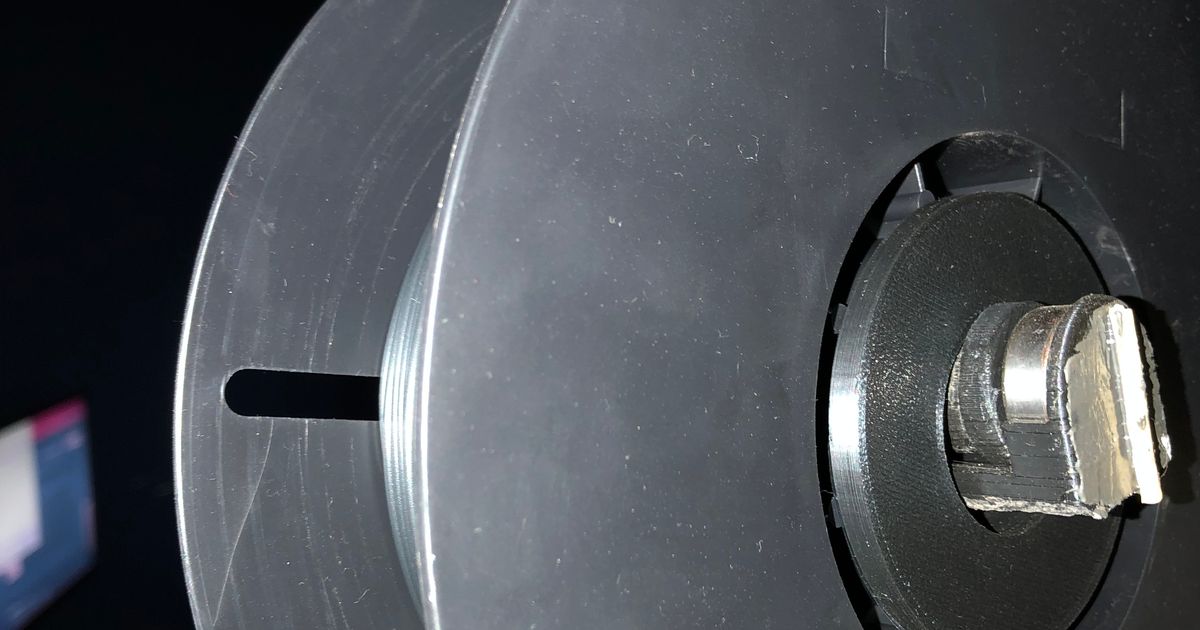
7. **Neglecting Suspension Bushings**It’s easy to get caught up in the allure of big-ticket suspension components like coilovers and sway bars, but often, the smallest parts can make the biggest difference—or cause the biggest problems. Suspension bushings, those unsung heroes of the automotive world, are frequently overlooked. They are crucial for controlling movement and absorbing vibration, yet many enthusiasts neglect their condition and potential for significant upgrades.
Art Niese from Prothane Bushings emphatically states that “Suspension bushings are the weakest link to the suspension system and must be addressed!” He elaborates that larger rubber stock bushings have an even greater need for replacement with firmer alternatives. The factory rubber bushings, while great for isolating noise, vibration, and harshness (NVH) in a stock vehicle, often lack the stiffness and durability required for enhanced performance setups.
Upgrading to performance-grade urethane or polyurethane bushings is often a game-changer. These materials offer superior firmness and longevity, allowing for more precise suspension movement and better feedback to the driver. In instances where specific performance bushings aren’t readily available for a particular vehicle, Niese even suggests creating custom sway bar end links from hard-durometer, Delrin-type material to achieve the desired effect.
While the benefits to performance are clear, Frank Steadman of BMR Suspension reminds us that increasing stiffness through aftermarket parts, including bushings, will almost always lead to an increase in NVH. He explains that the vibrations and noises were often already present but become more noticeable as the chassis becomes stiffer and less compliant. Understanding that this is a trade-off, rather than a flaw, is key to managing expectations and finding a personal balance for comfort and performance.
Read more about: Beyond the Surface: 14 Proven Strategies to Safeguard Your Car’s Undercarriage from Winter Road Salt

8. **Overlooking Toe Rods in IRS Setups**For vehicles equipped with independent rear suspension (IRS), a commonly overlooked component that can drastically impact handling, particularly under spirited driving, is the toe rod. While many focus on front-end adjustments, the rear’s intricate movements, especially during high-stress situations like hard acceleration and braking, can introduce unexpected and detrimental steering inputs. This often goes unnoticed until the car exhibits puzzling behavior at its limits.
Frank Steadman, from BMR Suspension’s quality assurance team, highlights this specific oversight, pointing out that “The most overlooked part on IRS setups? Toe rods.” He explains that IRS-equipped cars inherently face an issue where their toe alignment can change significantly under heavy acceleration and braking. This dynamic toe change can lead to instability and compromise control, turning what should be a precise maneuver into a wrestling match with the steering wheel.
Under heavy acceleration, excessive toe-in can cause undesirable “rear-steer” issues, making the car feel like the back end is trying to steer itself, often leading to unpredictable oversteer. Conversely, during heavy braking, toe-out can occur, destabilizing the rear and reducing confidence as the vehicle struggles to maintain a straight line or track consistently through a corner. These subtle yet critical changes can undermine even the most meticulously tuned suspension.
The solution, as Steadman advises, lies in upgrading to performance-tuned toe rods. These aftermarket components are engineered to eliminate the deflection that factory toe rods allow. By providing a more rigid and stable connection, performance toe rods ensure that the rear toe settings remain consistent throughout the suspension’s travel, delivering predictable handling and allowing the driver to fully exploit the vehicle’s grip under all conditions.
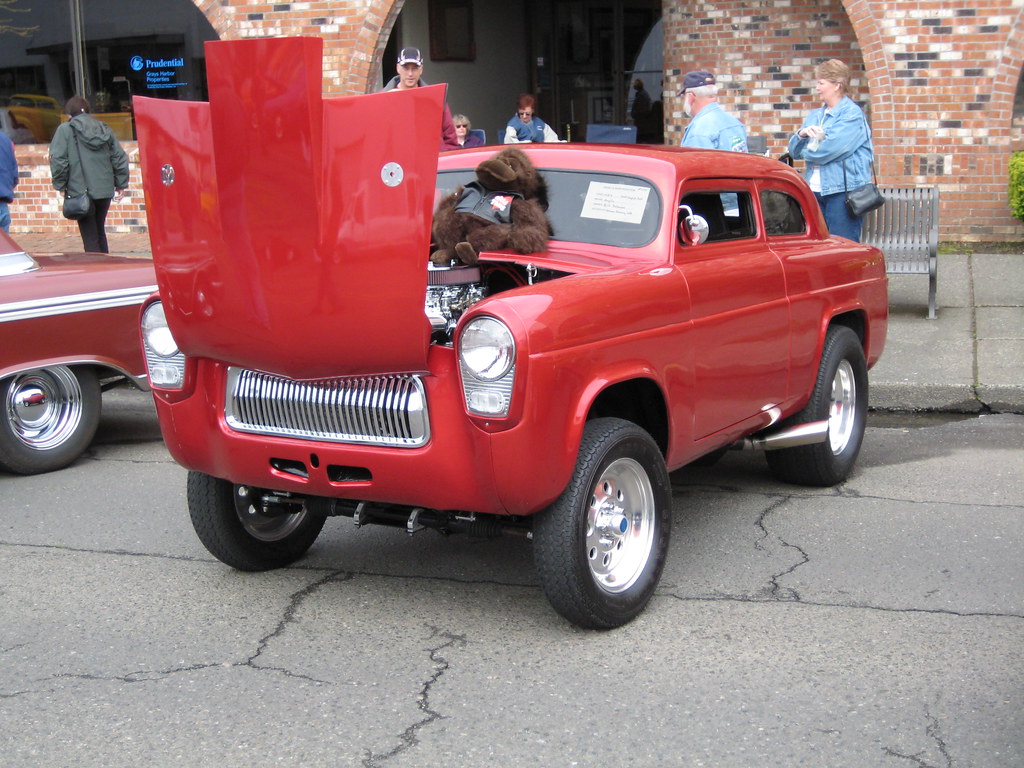
9. **Misunderstanding Spring Rates**The quest for ultimate performance often leads enthusiasts to believe that “stiffer is always better,” especially when it comes to spring rates. The allure of a track-ready setup, with minimal body roll and razor-sharp responses, can tempt many into installing springs that are far too stiff for their application. However, as racing experts frequently caution, this approach often backfires, sacrificing crucial mechanical grip and ride comfort for an illusory sense of performance.
Lee Grimes, an automotive product manager for Koni, delivers a fundamental truth: “They call it a ‘suspension’ and not a ‘solid’ for a reason.” He emphasizes that a suspension system inherently needs to be able to move. This movement is not just for comfort; it’s essential for optimally loading the tires, allowing them to work effectively, and precisely controlling the transfer of weight within the moving car. Without adequate movement, the tires cannot maintain consistent contact with the road, leading to a significant loss of grip.
Grimes further elaborates that blindly opting for higher spring rates simply because “Race Team X uses it or Online Parts Seller Y offers it” is a mistake. He reminds us that professional race cars often employ incredibly stiff springs because they benefit from other factors like substantial aerodynamic devices pushing the car down or a constant supply of fresh, super-sticky racing tires. For a street car or even an amateur track car without these auxiliary aids, such stiff springs will compromise mechanical tire grip and dramatically increase ride harshness.
Devin Herndon, Motorsports coordinator for Fortune Auto, echoes this sentiment, debunking the misconception that coil-overs inherently degrade ride quality. He clarifies that “with properly matched spring rates for the chassis using correct weight balance load, motion ratio and frequency of the suspension, a well-equipped, aftermarket damper can ride better than OEM in most situations.” This underscores that intelligent spring rate selection, tailored to the vehicle’s characteristics and intended use, is paramount, far more so than simply choosing the highest number available.
Read more about: 10 Forgotten American Muscle Cars That Are Now Worth a Fortune: Hidden Gems Poised for Skyrocketing Values
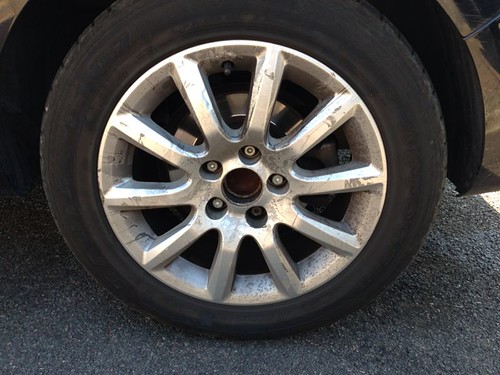
10. **Skipping or Rushing Wheel Alignment**After investing time, effort, and money into upgrading suspension components, many enthusiasts are eager to hit the road or track and experience their new setup. In this haste, a crucial final step is often either neglected or rushed: a professional wheel alignment. This oversight is a significant pitfall, capable of undermining all the benefits of expensive modifications and even creating new, dangerous handling characteristics.
Frank Steadman from BMR Suspension is unequivocal about this. He states, “A lot of issues are created by people swapping out parts and not getting a good alignment done afterwards.” He stresses that a quality alignment is not merely a suggestion but an absolute necessity. Whether you’re setting up a vehicle for straight-line drag racing or the nuanced demands of a road course or autocross, precise alignment figures are paramount to performance and safety.
The notion of “close enough” is simply unacceptable when it comes to wheel alignment in a performance application. Even slight deviations in camber, caster, or toe can have profound effects on tire wear, steering response, and the vehicle’s stability under various driving conditions. Without a proper alignment, tires may wear unevenly and prematurely, handling can become unpredictable, and the car may not track straight, demanding constant correctional steering inputs.
A professional alignment ensures that all the intricate relationships between the newly installed suspension components are optimized for your driving goals. It guarantees that the tires are making optimal contact with the road, that steering inputs are precise, and that the car behaves predictably at speed. This final, critical step translates your suspension upgrades into tangible performance gains, rather than leaving you with a compromised and potentially dangerous vehicle.
Read more about: Unlock Top Value: Simple Secrets to Getting the Best Price on a Car Vinyl Wrap and Mastering DIY Installation

11. **Improper Installation Torque (Suspension Unloaded)**The correct installation of suspension components goes far beyond simply bolting new parts into place. One seemingly minor detail, often overlooked or misunderstood, is the final torquing of suspension arms when the vehicle’s weight is not fully on its wheels. This specific error, highlighted by experts, can lead to premature failure of crucial components, even if high-quality aftermarket parts have been selected.
Sam Bracero, Lead for tech support and R&D at BC Racing, identifies this as a “common suspension mistake.” He explains that many people replace OEM control arms—both lower and upper—and then perform the final torque with the suspension completely unloaded. This seemingly innocuous practice sets the stage for future problems, as it ignores the design and function of the bushings within these arms.
Most bushings found in these types of control arms, particularly OEM versions, are fluid-filled and designed to operate within a specific range of motion. If these arms are tightened while the suspension is at or near its maximum extension, it places unnecessary and constant stress on these internal bushings. This pre-loading of the bushings, outside their intended operating range, significantly accelerates their degradation and leads directly to premature failure.
The recommended best practice is to always perform the final torque of suspension arms when the suspension is loaded. This means the car should be as close as possible to its normal ride height or the chassis’s loaded state on the street. By doing so, the bushings are tightened in their neutral, operational position, allowing them to articulate freely throughout their designed range of motion without undue stress. This simple but critical step ensures optimal performance and significantly extends the lifespan of your suspension components.
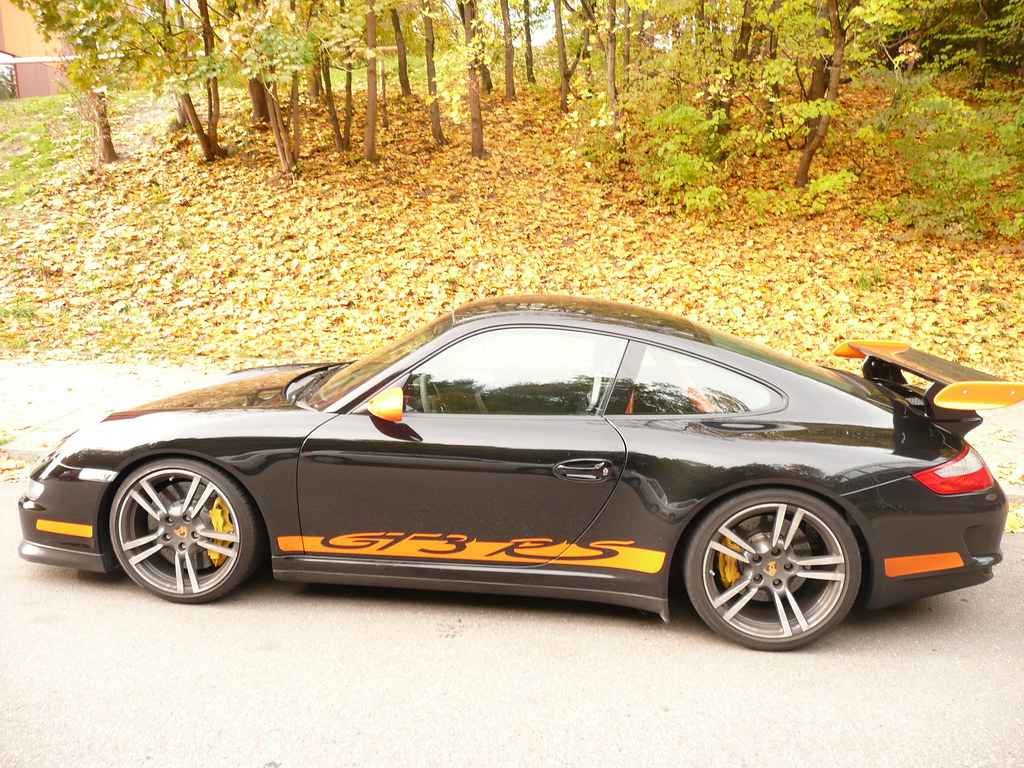
12. **Ignoring the Holistic Nature of Suspension Tuning**Many enthusiasts approach suspension modification with a component-by-component mindset, focusing on individual parts rather than understanding how they interact as a complex, interconnected system. This siloed approach often leads to setups that are unbalanced, suboptimal, or even detrimental to overall performance. The reality is that suspension tuning is a holistic endeavor, where “everything interacts; nothing operates in a void,” as Lee Grimes of Koni so aptly puts it.
Grimes underscores that a driver doesn’t experience “a shock valving and a spring rate alone,” but rather a car made of many parts that must be optimized together. The goal is to instill confidence in the driver and maximize performance capability on the road or track. This requires a basic understanding of what each suspension part contributes to the total equation. Without this foundational knowledge, adjustments become guesswork, hindering effective tuning and refinement of driver feel.
Adding to this, Sam Bracero from BC Racing debunks the myth of a “magic setup” that can excel across all driving scenarios. Customers often inquire about customizations for a single setup that could handle daily driving, drifting, autocross, and track racing simultaneously. Bracero clarifies, “Unfortunately, there is no magic setup that would allow a certain chassis to excel in every motorsport scenario.” Each discipline demands a specific chassis setup to maximize performance, and what works well for one often underperforms in another. A competitive drift setup, for instance, is distinct from a competitive autocross setup.
Even aspects like body roll, often perceived as solely negative, are part of this intricate balance. Rob Lindsey of Morlind Engineering explains that “Roll is compliance and compliance maintains grip. Roll is also feedback.” While reducing roll can make a car feel more confident, especially one quick to “take a set,” overdoing it can lead to a car that sacrifices grip over every road feature. This highlights the delicate balance required and the necessity of considering all elements together, rather than chasing single-minded extremes, to truly elevate your vehicle’s performance.
Read more about: Mastering the Untamed: 12 Ways the New Land Rover Defender Redefines Off-Road Excellence for the Modern Adventurer
As we’ve journeyed through these critical suspension insights, it becomes clear that smart modification isn’t about throwing the most expensive parts at your car or blindly following trends. It’s about understanding the intricate dance between components, appreciating the nuances of vehicle dynamics, and making informed, methodical decisions. The experts have spoken, revealing that the path to a higher-performing, more confidence-inspiring ride is paved not with shortcuts, but with knowledge, precision, and a willingness to learn. By avoiding these common pitfalls, you’ll not only save yourself headaches and money but also unlock the true potential of your machine, transforming it into the refined, capable vehicle you’ve always envisioned. Remember, every adjustment, every component, plays a role in the symphony of your car’s performance. Tune it wisely, drive it confidently, and enjoy the ride!


